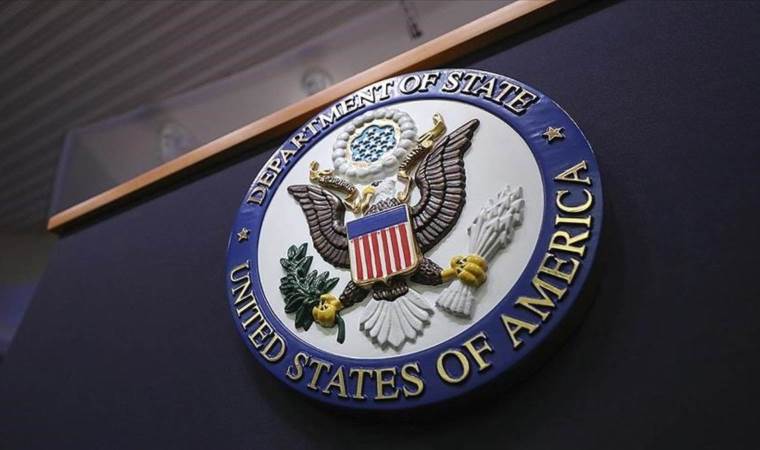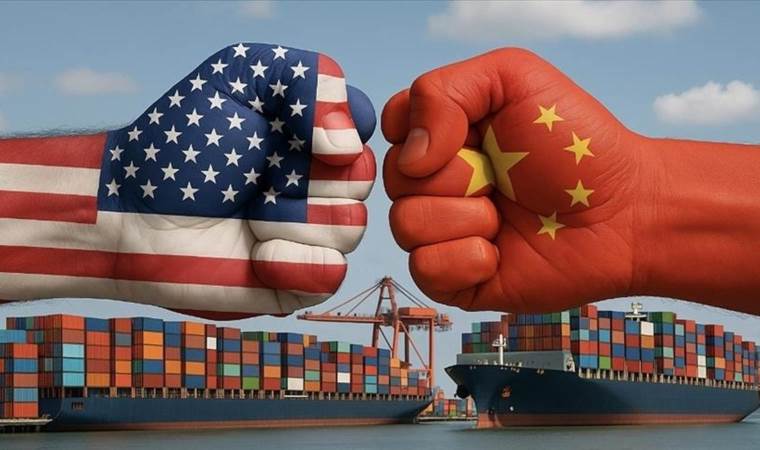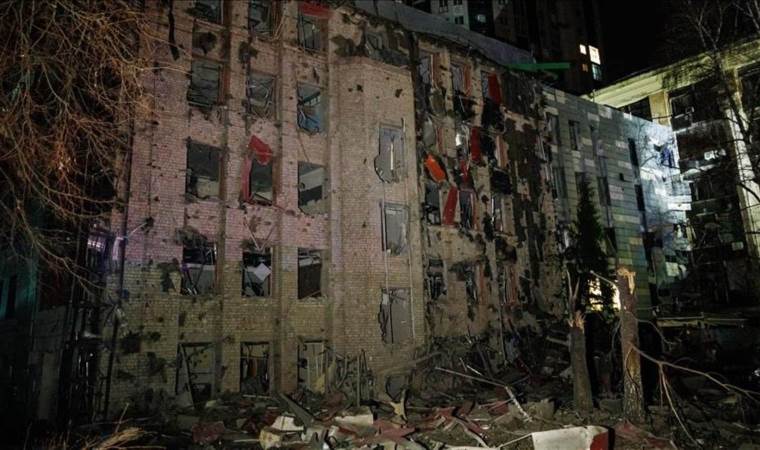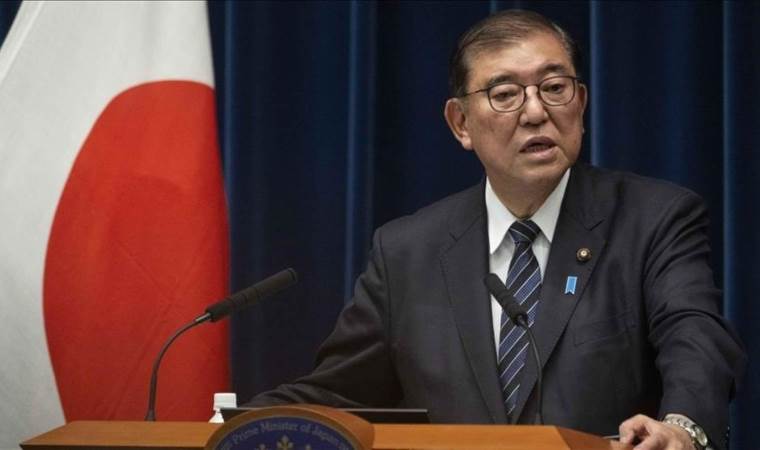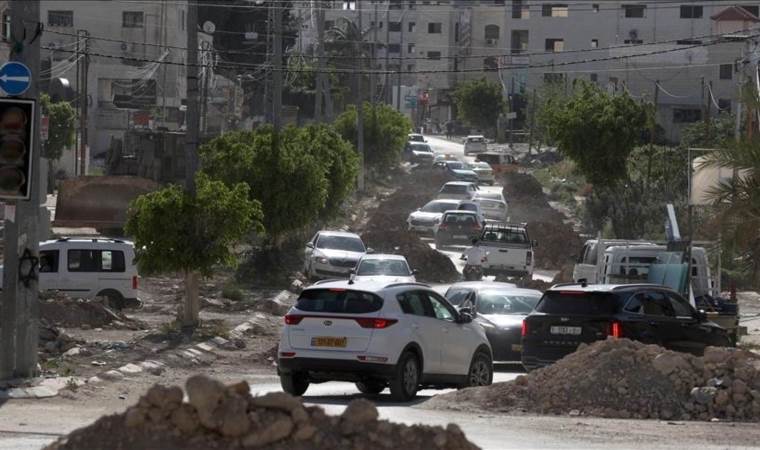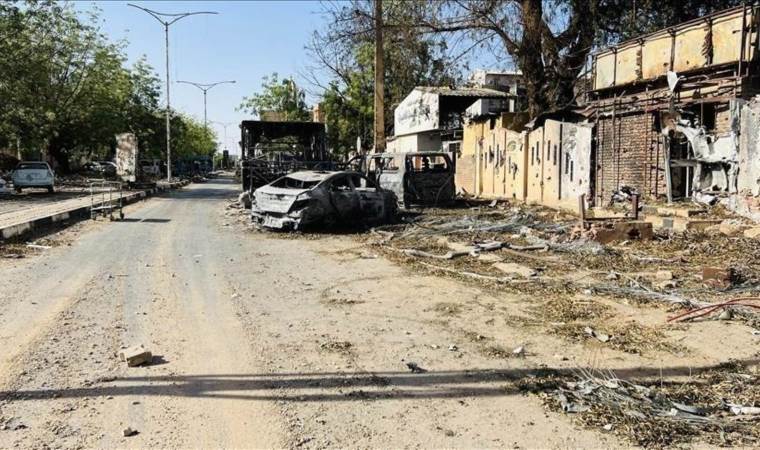Authors Columns of the Day Sport Guest Life All Authors
Turkish Red Crescent sells tents to AHBAP amid earthquake crisis
So why was Turkish Red Crescent (TRC), which constantly appeals for help and requests donations during every disaster, absent along with its tents?
The answer: They were busy selling tents to AHBAP.
TRC, which has evolved from a charitable organization to a holding with tent and container production facilities, was reportedly engaged in selling tents rather than focusing on immediate relief efforts.
According to reports, on the third day of the earthquake, TRC sold tents worth 46 million TL to AHBAP. Furthermore, it is claimed that TRC redirected its stock and aid supplies to various community and religious organizations.
I thought, "This cannot be true. A humanitarian organization we support for times like these would not engage in commerce or allocate its stock to others during such a critical period."
I contacted TRC officials and asked the following questions:
How many tents did TRC have on February 6?
How many tents were distributed?
Did TRC sell tents to AHBAP? If so, what was the quantity and amount?
Were tents sold to any other organizations?
To which foundations and associations did TRC provide food aid, and what was the quantity?
How many tents and containers were in stock at TRC's factories, and where were they distributed?
The response regarding AHBAP was particularly notable:
"AHBAP decided to support the housing needs in the region with resources obtained from its donors. To this end, it transported the tent capacity it acquired from TRC to locations indicated by AFAD. TRC assessed this process as a way to promptly address the housing needs of the disaster victims. To ensure the continuation of tent production, TRC accepted the cost of raw materials."
The full statement from TRC is as follows:
"After the recent major disasters, the Republic of Turkey, with contributions from respected scientists in the field, developed the Turkey Disaster Response Plan (TAMP). According to this binding plan, TRC is primarily responsible for providing nutrition and blood services. In other areas such as shelter, humanitarian aid, and health, TRC acts as a support organization.
Under TAMP, TRC was holding about 40,000 tents before the disaster. Subsequently, it provided 54,000 tents to AFAD, including those acquired from other sources. All these tents were distributed in the disaster area under AFAD’s coordination.
TRC’s Tent-Textile division manufactures and delivers tents to TRC (to replenish empty stock), AFAD (which also sources shelter units from the private sector), and UN and humanitarian organizations. AHBAP decided to support the housing needs in the region with resources from its donors, and transported the tents acquired from TRC to locations designated by AFAD. TRC assessed this process as an effort to address the housing needs of disaster victims promptly. To ensure the continuation of tent production, TRC accepted the cost of raw materials.
TRC supports all institutions, organizations, and volunteer groups that are working to address the nutritional needs of disaster victims, providing dry food and logistical assistance. This is part of TRC's role as outlined in TAMP. TRC addresses the nutritional needs of victims through its 'Nutrition Platform,' and the government encourages this approach.
All shelter stocks held by TRC before the disaster have been distributed in the disaster area under AFAD’s coordination."
In summary, it appears the reports are accurate. TRC had 40,000 tents in stock before the disaster, with an additional 14,000 acquired later. They provided a total of 54,000 tents to AFAD. However, they also sold tents worth 46 million TL to AHBAP from their production facility.
They also allocated their stock to various foundations and associations. These organizations receive their needs from TRC and AFAD while soliciting donations from the public, claiming to provide assistance.
Is there any oversight authority? I doubt it.
There is still a shortage of tents in the earthquake-affected areas, and this is the situation.
Yazarın Son Yazıları All Columns
Günün Köşe Yazıları
Most Read News
-
 Pope Francis dies at 88 after prolonged illness: Vatican
Pope Francis dies at 88 after prolonged illness: Vatican
-
 US scales back development, diplomatic presence in Afric
US scales back development, diplomatic presence in Afric
-
 China sanctions US lawmakers, officials, NGO heads
China sanctions US lawmakers, officials, NGO heads
-
 El Salvador’s president calls on Maduro to release Venez
El Salvador’s president calls on Maduro to release Venez
-
 Kremlin ‘satisfied’ with US position ruling out NATO mem
Kremlin ‘satisfied’ with US position ruling out NATO mem
-
 Russia, Ukraine report airstrikes as Putin’s Easter ceas
Russia, Ukraine report airstrikes as Putin’s Easter ceas
-
 Trump ‘values’ talks with Japan, says Premier Ishiba ami
Trump ‘values’ talks with Japan, says Premier Ishiba ami
-
 Israel bans Palestinian minister from occupied West Bank
Israel bans Palestinian minister from occupied West Bank
-
 At least 33 civilians killed in RSF shelling of Sudan’s
At least 33 civilians killed in RSF shelling of Sudan’s
-
 Gold price exceeds $3,400 to reach new record high amid
Gold price exceeds $3,400 to reach new record high amid


